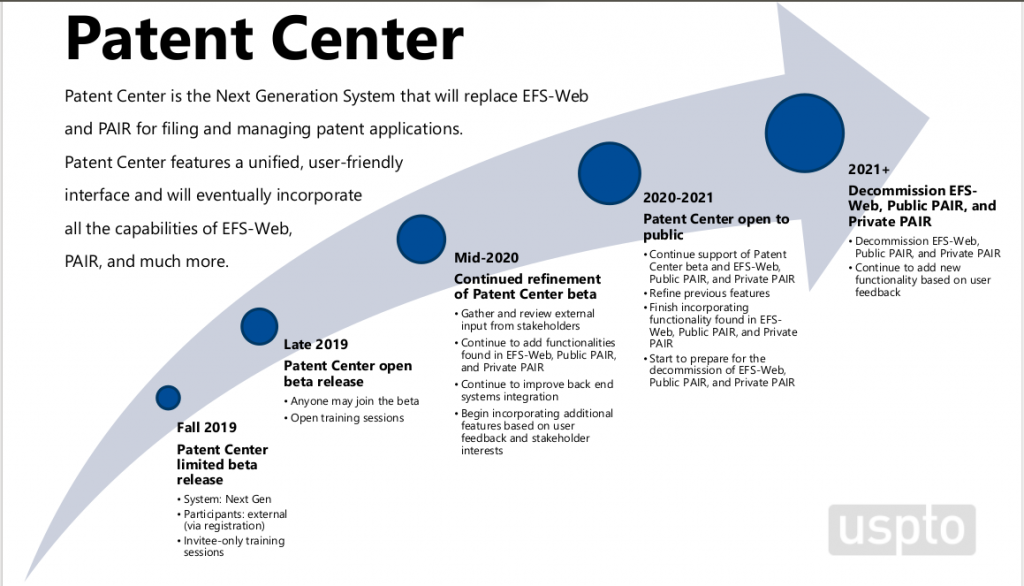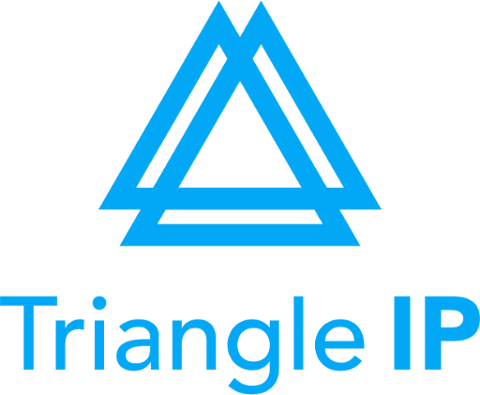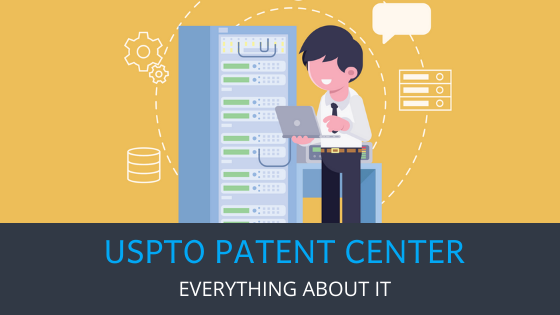USPTO Patent Center – A Great Initiative!
The patent community has long been short-changed by the issues marred by missing or inconsistent patent data.
The companies and their respective patent attorneys have been on the receiving end of a system. The system, that was not user-friendly and involved multiple levels of cyber-bureaucracy. This led to inordinate delays and, on occasions, even missing deadlines. The evolution of patent filing strategies is crucial in understanding how such issues are now being addressed more effectively.
The drawbacks were so cumbersome that certain industry thought leaders came together to build a platform to fulfill their requirements. And this is how the Open Pair Initiative (OPI) was formed.
The OPI aimed to address the issue of the unavailability of Image File Wrappers (IFWs) in the short-term. The OPI is simultaneously working on a feasible long-term solution for IFW extraction.
Considering the pertinent issues raised by OPI, the USPTO recently unveiled the Patent Center. The aim behind the creation of the Patent Center is to rationalize the patent application procedure. This shall be done by allowing seamless management of documents and communication channels.
However, to better understand the importance of the Patent Center, it is imperative to take a walk through the memory lane. And understand the evolution of the USPTO tools.

Timeline of USPTO Tools
Public Patent Application Information Retrieval (PAIR)
This system is the de facto source of IFWs as of date. However, it is besieged with numerous issues such as slow loading of the website and erroneous verification process. These challenges underscore the need for a comprehensive global patent portfolio strategy to navigate international patent systems efficiently.
Global Dossier
Global Dossier is another source of IFWs which is relatively free from verification issues. But is heavily dependent on the Public PAIR, which may not always be up to date. Another pesky problem with Global Dossier is that each office action is required to be downloaded separately. There is no functionality to download all IFWs in a single click.
Reed Tech
This is the USPTO’s answer to make available outsourcing of IFWs. But it has been flagged for serious speed issues. Due to which many companies had to resort to building their own patent repository.
As can be observed above, each of the above tools had shortcomings that needed to be addressed.
The beta version of the Patent Center aims to negate these shortcomings by providing for complete and seamless open access to Public PAIR records without the demand for continuous verification.
Key Highlights of the USPTO Patent Center
Following are the key highlights of the Patent Center:
- Integrated interface for e-filing and management of patent applications.
- Use of existing USPTO.gov accounts and sponsorships.
- Submission of a joint .docx file involving specifications, claims, and abstract without the need to separate these sections manually.
- Elimination of the need to convert .docx file into a .pdf document for e-filing.
- Same authentication and sponsorship process as EFS-Web and PAIR.
The entire list of the features alongside proposed features (and any known issues) can be found here.
Given that the current version of the Patent Center is in the beta stage, the feedback from various stakeholders is being collated by USPTO to make further changes.
Here is a timeline of the Patent Center shared by the USPTO:

Credits: USPTO
TIP Tool – Feedback Incorporated
Although the information provided through Patent Center is a welcome step, the Patent Center is still, nevertheless, just an API which provides for information in a form that a user cannot comprehend/read – this is where tools like TIP comes into the picture. Leveraging patent analytics for better returns can assist in comprehending and utilizing this data effectively.
With multiple years of product experience behind it, Triangle IP has developed the TIP tool (currently in beta phase). It analyzes the patent data to offer powerful insights. These insights can assist IP professionals in monetizing their patents with enhanced quality and lower cost of patent protection.
Another critical feature of the Patent Center is the availability of rejection files. Through the diligence of the TIP tool, the acknowledgment and rejection data surrounding patents are used to define the extent of the rejection or prosecution histories, i.e., the intensity of the rejection and the number of claims impacted by the rejection.
Through the Patent Center, access to the full transaction history of a patent is made available. This is relatively crucial as it enables tracking of patents during the prosecution cycle. But with the TIP tool, companies and attorneys can ensure end-to-end tracking of innovation from idea capture to the publication of patent by leveraging the patent data to manage the entire lifecycle for each patent.
Conclusion
The introduction of the Patent Center is a major boon to the patent industry as it addresses issues of missing and inconsistent patent data.
Furthermore, the release of the IFWs and rejection data has enabled the development of the tools like TIP to provide for powerful data-based insights that can go a long way in the effective monetization of a patent.
As more data become available, the insights offered by these tools are only going to become more penetrative and customized – exciting times beckon.
Note: The preceding is general business advice and not to be construed as legal advice. IP laws vary by country and retaining licensed legal counsel is advised to confirm this information. Any expressed or implied opinions are of the author and do not necessarily reflect the views of Triangle IP or any other entity who might be associated with the presenter. We hope this content is helpful to you, but should not be relied upon without confirming the advice and accuracy with local legal counsel. Any comments or inquiries are not confidential so please discuss your issues directly with counsel.




